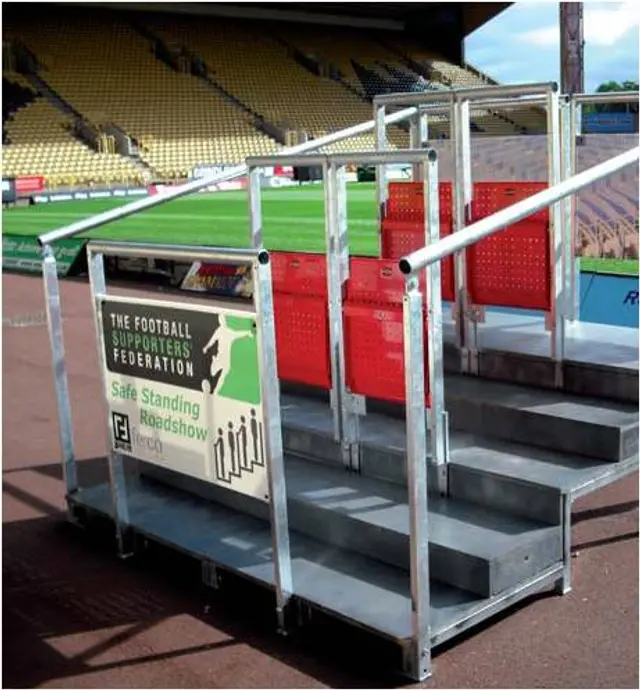
Gästkrönika: Safe Standing
Precis som SFSU kämpar man i England för att ta bort onödiga och kontraproduktiva regler om huruvida publiken skall stå eller sitta på fotbollsmatcher. Football Supporters Federation har i flera år aktivt drivit kampanjen Safe Standing och nu börjar det få resultat. Premier League klubben Aston Villa vill t.ex. införa en ståplatssektion på sin arena.
SFSU2012-07-17 10:01:00
